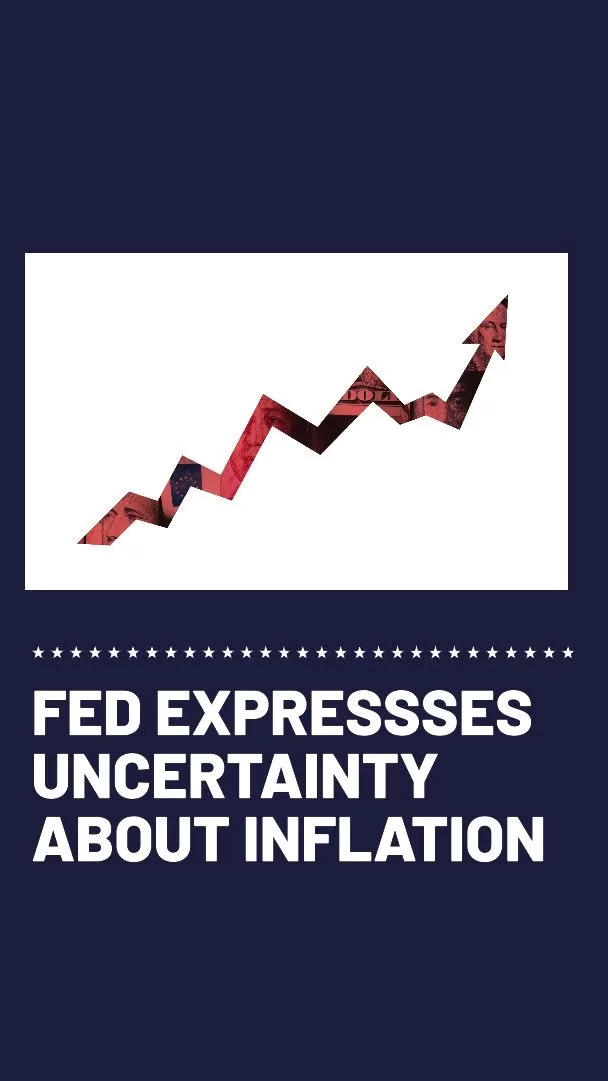Recent news reports highlight key concerns and sentiments expressed by Federal Reserve policymakers during a recent meeting. Fed Expresses Uncertainty About Inflation
- Sticky Price Pressures: The persistence of inflation in certain sectors, where prices do not adjust downward easily even when economic conditions change. These sectors might include housing, healthcare, and some services where costs are less flexible.
- Uncertainty: The policymakers’ uncertainty about these sticky price pressures indicates that they are facing challenges in predicting and managing inflation dynamics. This uncertainty can stem from various factors, such as supply chain disruptions, labor market tightness, or geopolitical events affecting commodity prices. Fed Expresses Uncertainty About Inflation

Lack of Confidence in Achieving the 2% Inflation Goal:
Recent Data: The reference to recent data suggests that the economic indicators available at the time of the meeting were not sufficiently reassuring. These indicators likely include measures of consumer prices, producer prices, wage growth, and perhaps broader economic activity.
- 2% Inflation Goal: The Federal Reserve’s long-term target is to maintain inflation at around 2%, which is considered conducive to economic stability and growth. The lack of confidence in reaching this goal suggests that inflation might be running higher than desired, or that there is significant variability in inflation rates across different sectors.
Implications for Monetary Policy:
- Policy Decisions: Given the uncertainty and lack of confidence, policymakers might adopt a more cautious approach. This could mean they are hesitant to either aggressively hike interest rates (which could stifle growth) or cut them (which could risk higher inflation).
- Communication and Forward Guidance: The report underscores the importance of clear communication from the Fed. Policymakers need to manage expectations by conveying their concerns and the data dependency of their decisions, maintaining credibility and stability in financial markets.
Economic Context:
In summary, the minutes reveal a cautious and data-driven approach by the Federal Reserve, grappling with persistent inflationary pressures and the challenge of guiding the economy towards stable and sustainable growth. The policymakers’ uncertainty and lack of confidence in meeting the 2% inflation target underscore the complexities of the current economic environment and the delicate balance required in monetary policy decisions.










